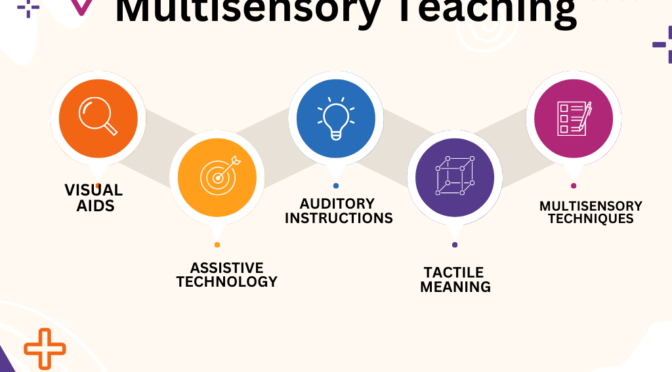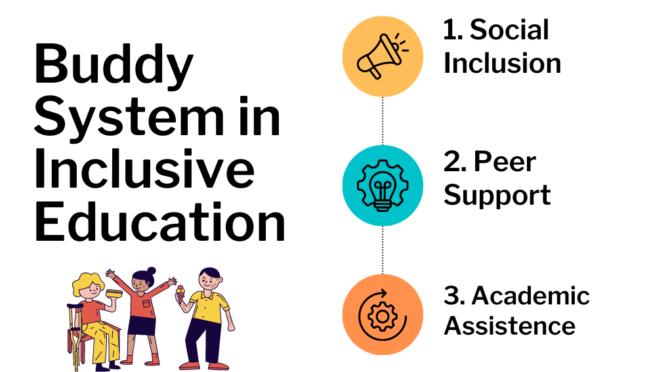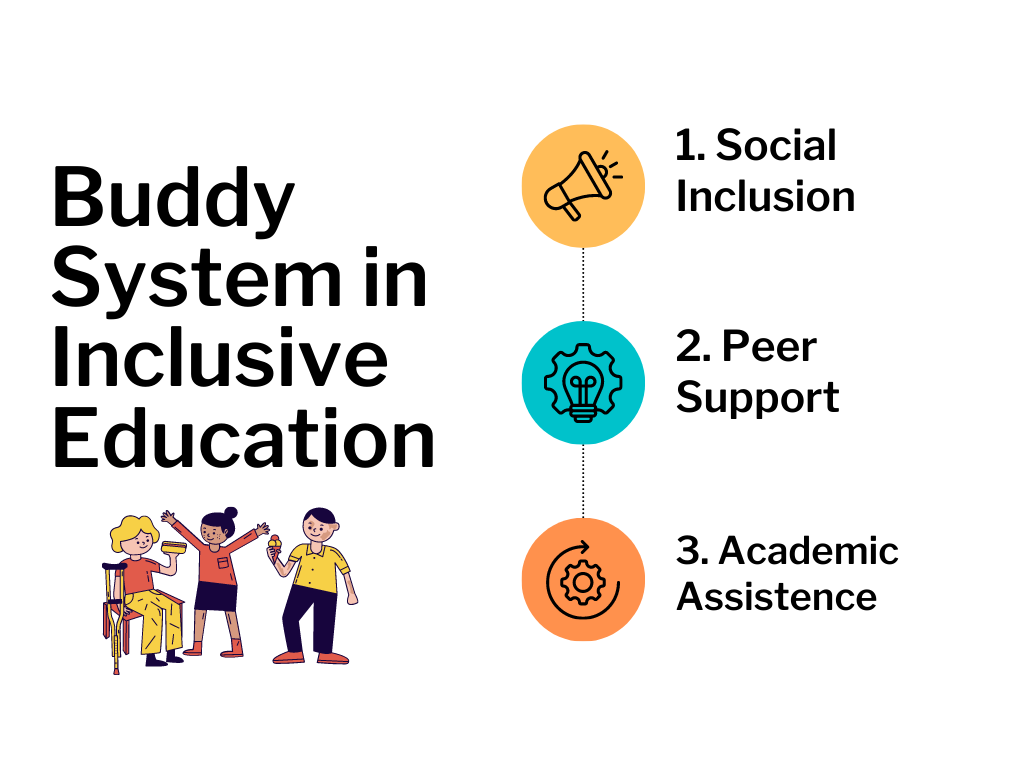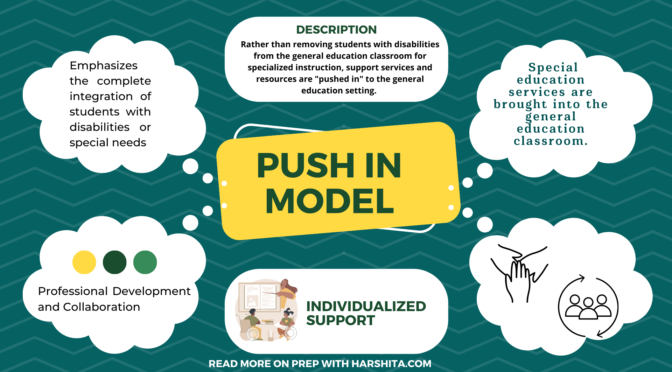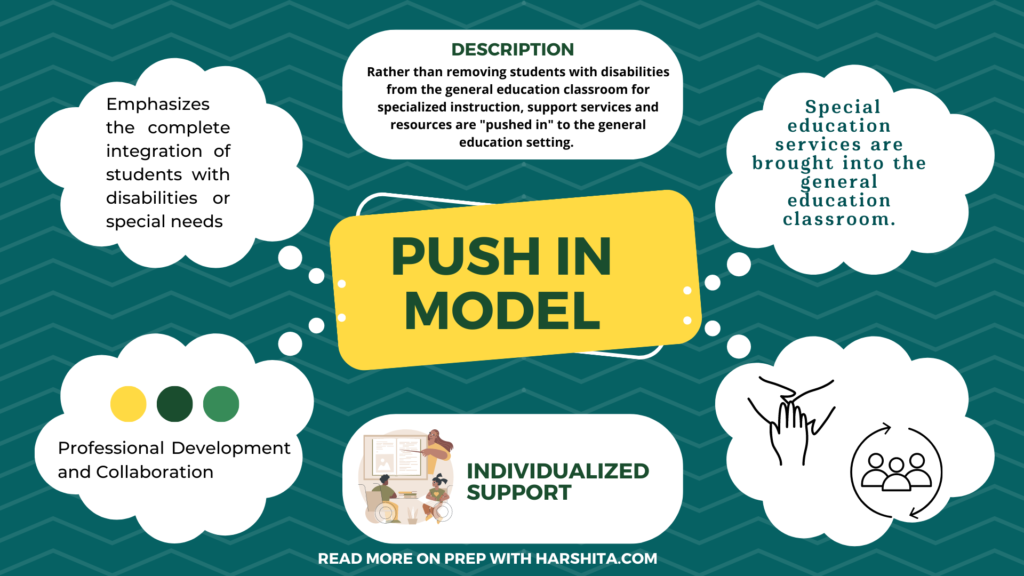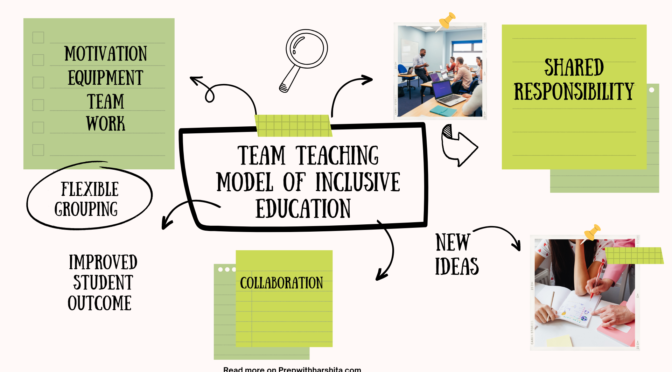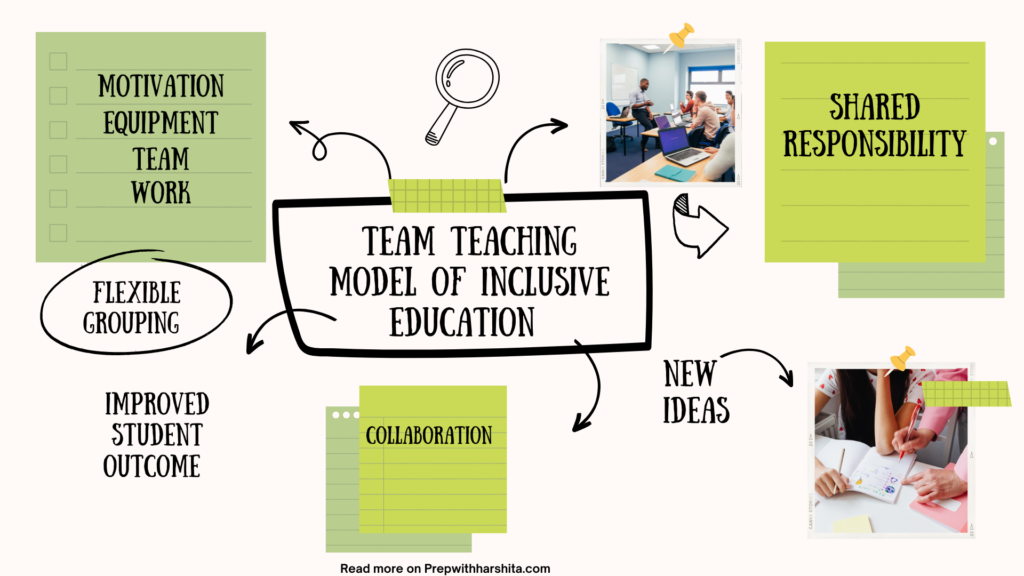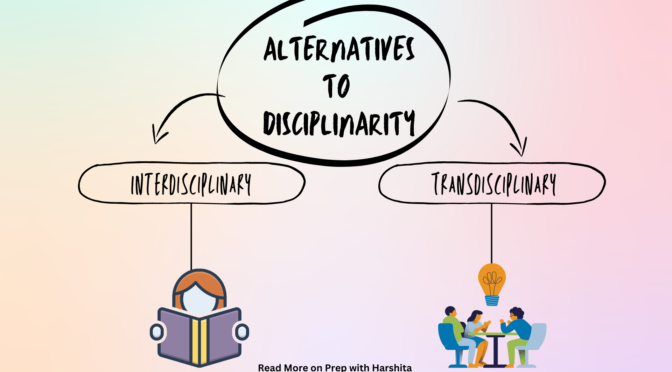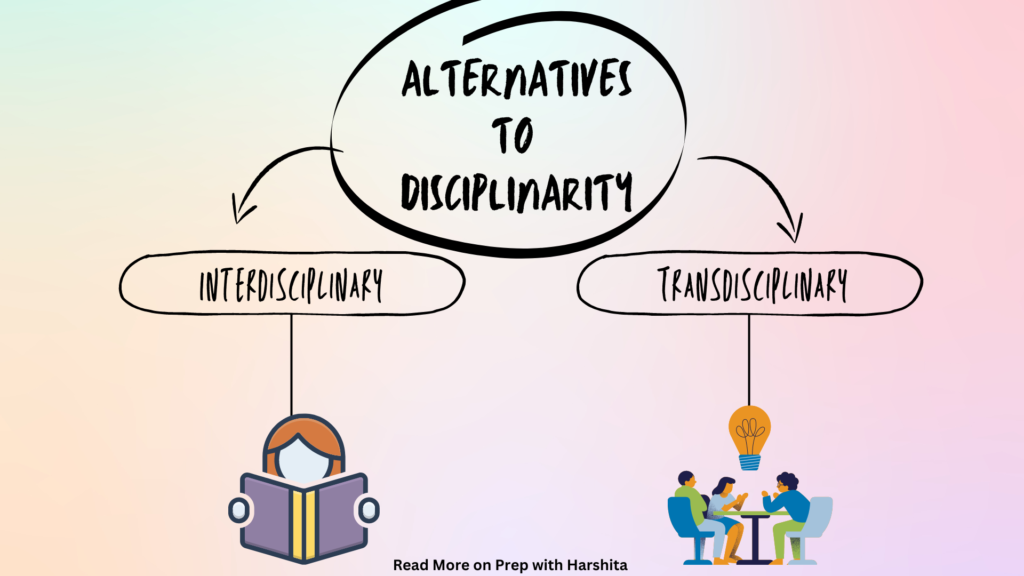Multisensory teaching is a highly effective approach in inclusive education that involves engaging multiple senses to facilitate learning and accommodate diverse learning styles and needs. By incorporating visual, auditory, kinesthetic, and tactile elements into instruction, multisensory teaching can enhance comprehension, memory retention, and overall academic success for students with diverse abilities.
Here are some key aspects of multisensory teaching in inclusive education:
- Visual Aids: Visual aids, such as charts, diagrams, pictures, and videos, are used to support learning. They help students with disabilities process information more effectively and reinforce understanding. Visual cues can also assist in organizing and sequencing tasks, improving comprehension, and providing visual prompts for students who struggle with auditory processing.
- Auditory Instruction: Auditory instruction involves using spoken language, explanations, discussions, and auditory prompts to convey information. Teachers may use lectures, read-alouds, and verbal instructions to deliver content. For students with hearing impairments, appropriate amplification systems or sign language interpreters may be utilized to ensure access to auditory information.
- Kinesthetic Activities: Kinesthetic activities engage students through physical movement and hands-on experiences. These activities can include role-playing, simulations, manipulatives, and interactive exercises. Kinesthetic learning supports students who benefit from physical involvement and helps reinforce concepts through experiential learning.
- Tactile Materials: Tactile materials involve the use of touch and texture to enhance learning. Students can manipulate objects, use textured surfaces, or engage in activities that involve touch and feel. Tactile materials provide sensory input and help reinforce concepts and develop fine motor skills.
- Multisensory Techniques: Multisensory techniques combine different sensory modalities to reinforce learning. For example, teachers may ask students to listen to a lecture while simultaneously following along with a visual presentation or take part in a hands-on activity that incorporates visual and tactile elements. By engaging multiple senses simultaneously, students with diverse learning profiles can reinforce their understanding and memory of the material.
- Differentiated Instruction: Multisensory teaching embraces differentiated instruction, which involves tailoring instruction to meet the individual needs of students. Teachers adapt teaching strategies, materials, and assessments to accommodate various learning styles, abilities, and preferences. Differentiation ensures that all students, including those with disabilities, have access to the curriculum and can actively participate in the learning process.
- Assistive Technology: Assistive technology, such as text-to-speech software, interactive whiteboards, or adaptive learning platforms, can enhance multisensory teaching in inclusive classrooms. These tools provide additional support for students with disabilities, allowing them to access information and participate in learning activities effectively.
By incorporating multisensory teaching strategies into inclusive education, educators can create a supportive and engaging learning environment that caters to the diverse needs of students. This approach maximizes the potential for all students to comprehend and retain information, actively participate in the learning process, and achieve academic success.
Also Visit : Prep with Harshita
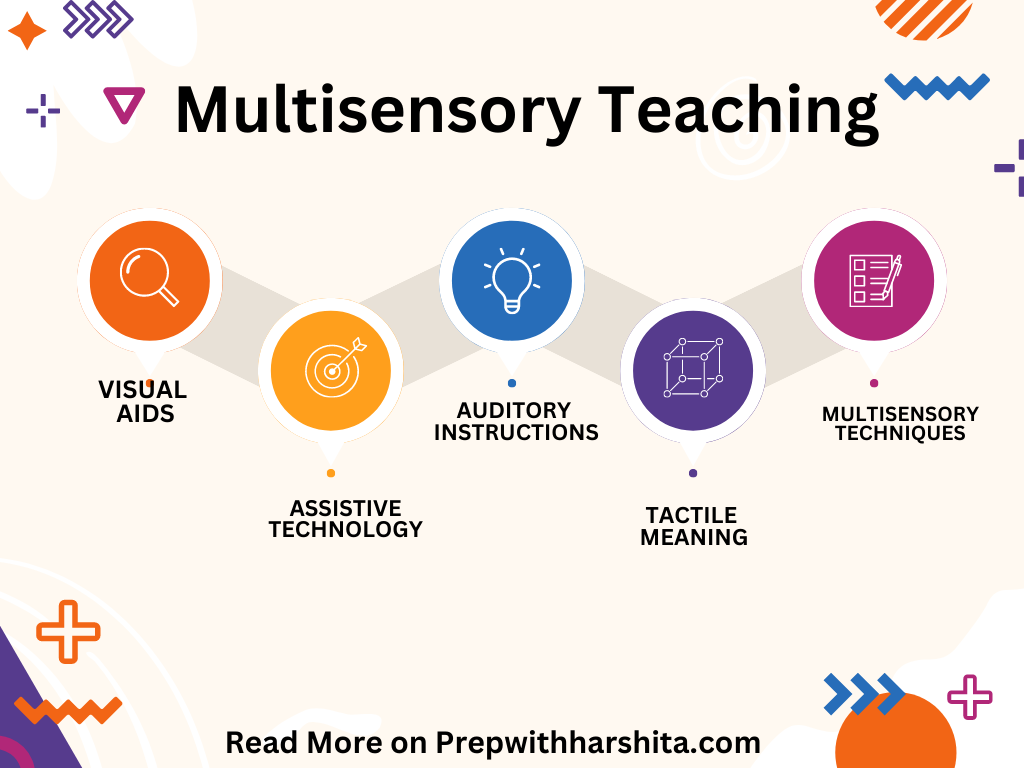
Also Read : Push In Model

